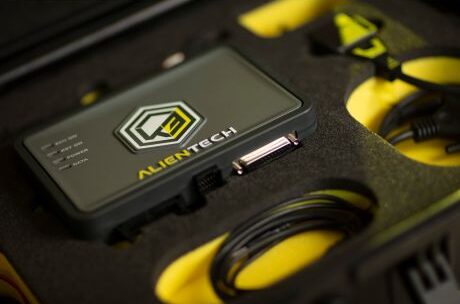Boot Mode in Chiptuning: A Comprehensive Guide
In the realm of chiptuning, understanding various programming modes is crucial for enthusiasts and professionals alike. One such critical mode is Boot Mode. This article delves into the intricacies of Boot Mode, explaining what it is, how it works, and why it is essential for tuning vehicles effectively.
What is Boot Mode?
Boot Mode is a specialized programming mode used in chiptuning to read and write data directly from the ECU (Engine Control Unit) of a vehicle. Unlike standard OBD (On-Board Diagnostics) programming, which is done through the car’s diagnostic port, Boot Mode requires accessing the ECU directly, often necessitating physical removal and connection to a specialized bench tool.

Boot Mode is particularly useful when dealing with ECUs that have been locked or protected against unauthorized access. This mode allows tuners to bypass these restrictions, providing full access to the ECU’s firmware for modification.
How Does Boot Mode Work?
To enter Boot Mode, the ECU is usually removed from the vehicle and placed on a specialized bench setup. This process involves connecting the ECU to a tuning tool capable of handling Boot Mode operations. Tools like the KESS3 are popular choices for this purpose, offering reliable and efficient access to the ECU’s data.

Once connected, the tuning software communicates with the ECU, initiating a process that bypasses any security measures in place. This process allows the tuner to read and write data directly from and to the ECU’s memory. It’s a meticulous process that requires precision and expertise, as any errors during this phase can potentially damage the ECU.
Why Use Boot Mode?
There are several reasons why tuners opt for Boot Mode over other programming methods:
- Unlocking Protected ECUs: Many modern vehicles have ECUs that are locked or protected against unauthorized access. Boot Mode allows tuners to bypass these restrictions.
- Full Access to ECU Data: Boot Mode provides complete access to the ECU’s firmware, enabling more comprehensive tuning and modifications.
- Bypassing OBD Limitations: Some ECUs cannot be accessed via the OBD port due to manufacturer restrictions. Boot Mode circumvents this limitation.
- Correcting Firmware Errors: In cases where the ECU firmware has been corrupted or requires correction, Boot Mode allows for direct intervention and repair.
Boot Mode in Practice
Implementing Boot Mode requires specific tools and a deep understanding of ECU architecture. Tuners need to ensure they have the right equipment, such as bench flashing kits and compatible software, to execute the process safely.
One of the primary tools used for Boot Mode is the KESS3, renowned for its versatility and reliability. This tool supports a wide range of vehicles and ECU types, making it a staple in many tuning workshops. For more information on the KESS3 and its capabilities, you can explore our detailed overview on KESS3 Overview.
Challenges and Considerations
While Boot Mode offers significant advantages, it also comes with challenges. The process is inherently riskier than standard OBD programming due to the need for physical ECU handling. Tuners must be cautious and ensure they follow best practices to avoid damaging the ECU. Additionally, understanding the specific ECU model and its requirements is crucial for successful Boot Mode operations.
Another consideration is the legality of ECU modifications. In some regions, altering the ECU’s firmware can have legal implications, especially concerning emissions regulations. Tuners should be aware of local laws and ensure compliance to avoid potential legal issues.
Conclusion
Boot Mode is an indispensable tool in the chiptuning arsenal, offering unparalleled access to ECU data and enabling comprehensive vehicle tuning. While it requires specialized equipment and expertise, the benefits of Boot Mode make it a preferred choice for many professional tuners. Whether you’re looking to unlock a protected ECU or perform advanced modifications, understanding and utilizing Boot Mode can elevate your tuning capabilities.
Want to learn more about Boot Mode? Explore our range of tuning tools and software here.
If you have any questions regarding chiptuning, chiptuning tools or chiptuning files, please reach out to us and we’re happy to answer your questions! Contact us.

